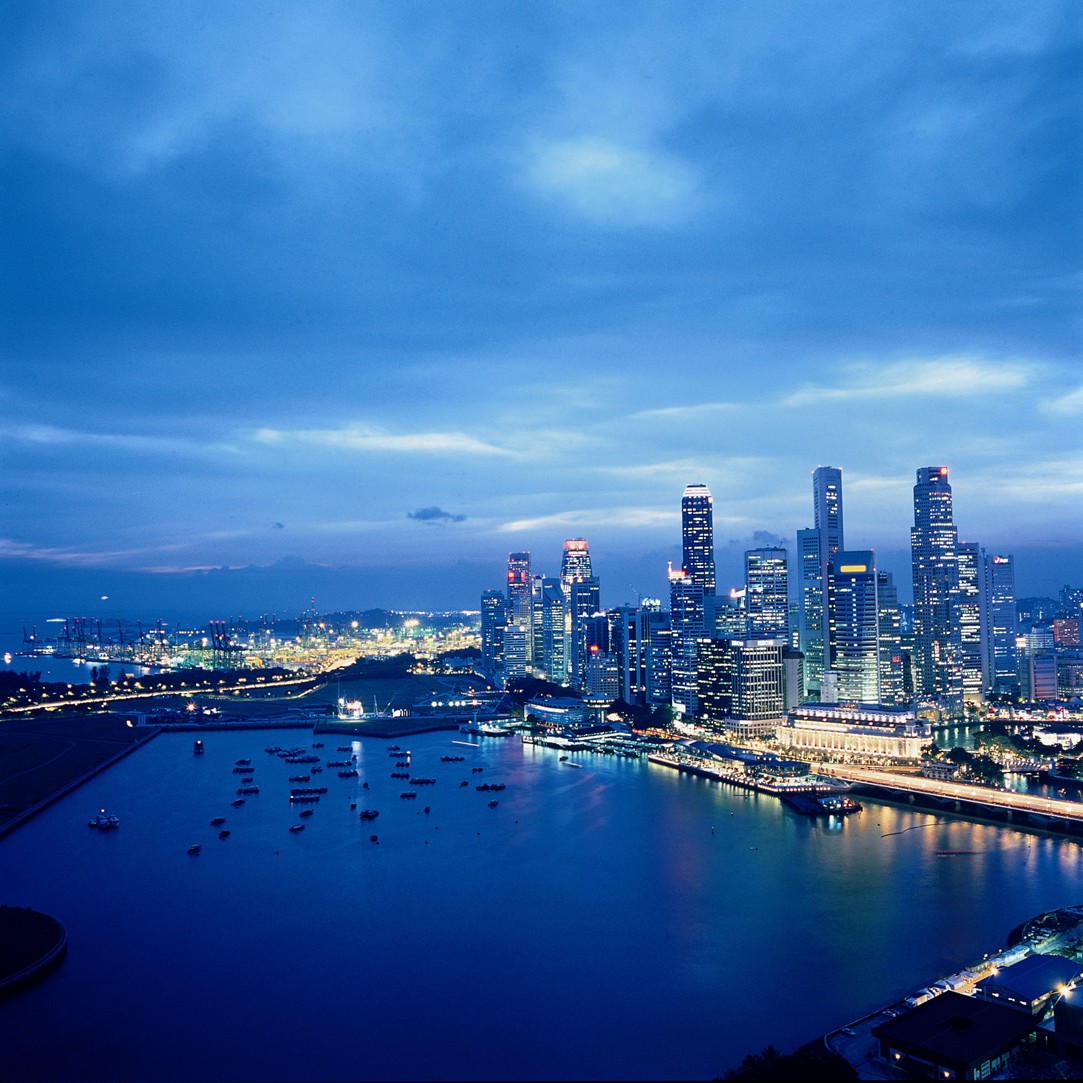
The history Singapore
By the 14th century, Singapore had become part of the mighty Sri Vijayan empire and was known as Temasek ("Sea Town").
During the 11th century, this small but strategically-placed island had got a new name - "Singa Pura" ("Lion City"). According to legend, a visiting Sri Vijayan prince saw an animal he mistook for a lion and Singapore's modern day name was born.
The British provided the next
notable chapter in the Singapore story. During the 18th century, they saw
the need for a strategic "halfway house" to refit, feed and protect the
fleet of their growing empire, as well as to forestall (=verhindern) any
advances by the Dutch in the region.
It was against this political backdrop that Sir Stamford Raffles established
(=errichten) Singapore as a trading station. The policy of free trade attracted merchants
from all over Asia and from as far afield as the US and the Middle East. By
1824, just five years after the founding of modern Singapore, the population
had grown from a mere 150 to 10,000.
In 1832, Singapore became the centre of government for the Straits
Settlements of Penang, Malacca and Singapore.
Singapore was again the scene of significant fighting during World War II when the Japanese overran the island in 1942. After the war, Singapore became a Crown Colony. The growth of nationalism led to self-government in 1959 and on 9th August 1965, Singapore became an independent republic.
